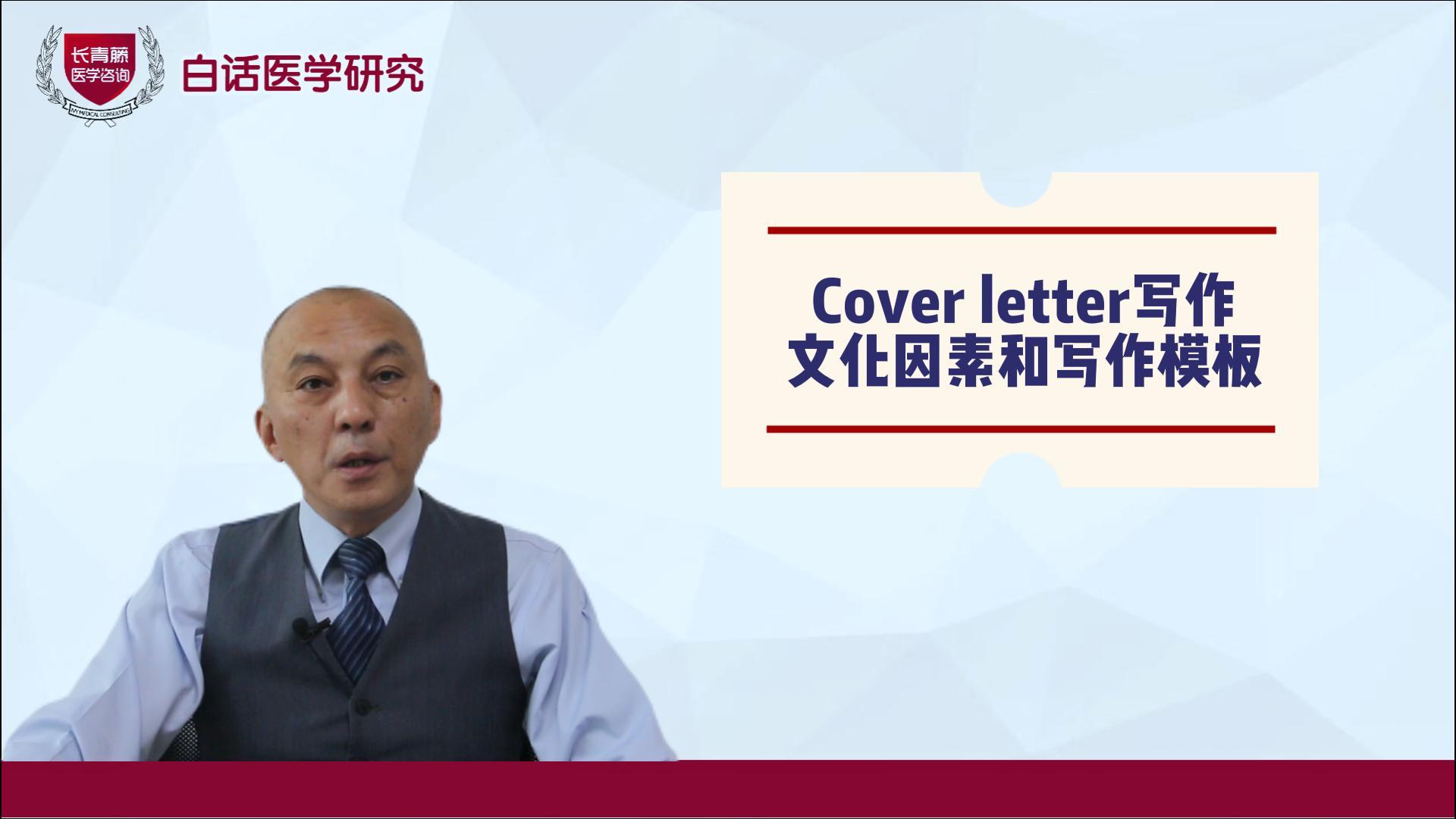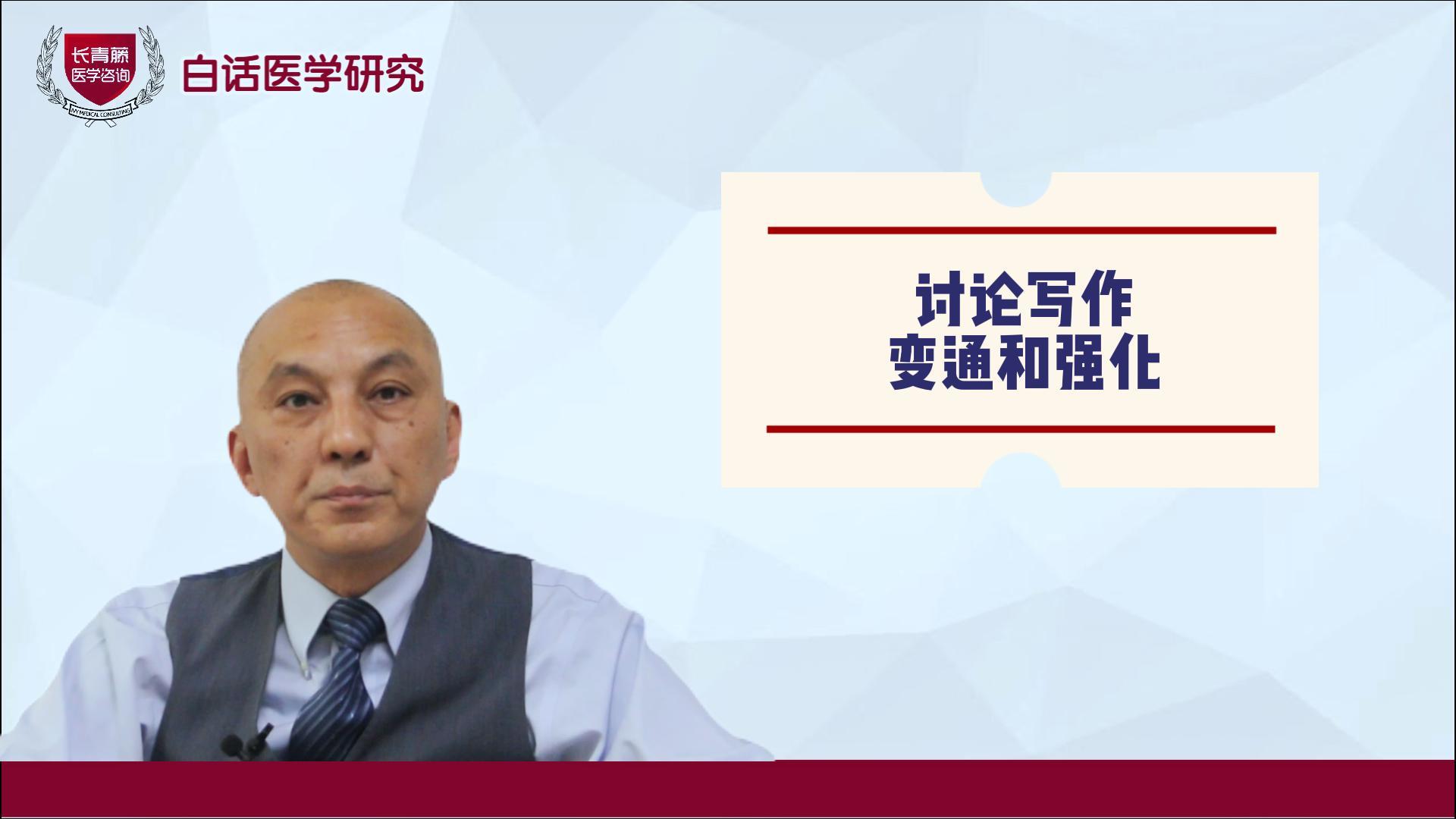1970-01-01

Prof. Hugh Calkins: This new guideline has many new highlights but I think the 5 most important things are the CHA2DS2-VASc risk score is now supported for risk stratification of patients with atrial fibrillation as compared to the CHADS2 score which was used in the old guidelines. The second big recommendation is that the new anticoagulant drugs are considered to be an alternative to Coumadin, which is an important change. I think those are the 2 biggest changes are the anticoagulation and also catheter ablation is now a ⅠA recommendation if a patient has paroxysmal atrial fibrillation that is symptomatic and they failed a drug, then catheter ablation is a ⅠA recommendation. In the final important shift in this guideline is it very strongly supports rhythm control or at least encourages that physicians carefully consider rhythm control before resorting to a rate control strategy. I think one final very important new change is that aspirin has been pushed down. I think it is now recognized that aspirin is not very good at preventing stroke and atrial fibrillation. The anticoagulants are but aspirin has really largely disappeared from the guidelines except in very low risk patients. So there are a lot of changes, I would encourage everyone to get the new guidelines, to read the new guidelines, and there would be a lot to be discussed as people think about the guidelines, but there are important changes.
《国际循环》:本届ACC年会上发布了最新房颤指南,作为指南编写者之一,您能否谈谈新指南有哪些亮点?
Hugh Calkins教授:新发布的房颤指南有很多新亮点,但我认为最关键的一点是,旧指南推荐采用CHADS2评分评估房颤患者卒中风险,而新指南推荐采用CHA2DS2-VASc风险评分对房颤患者进行危险分层。第二个亮点是,新指南推荐新型抗凝药作为香豆素的替代选择。以上是新指南最大的两个变化。此外,新指南强调,对药物治疗无效的有症状阵发性房颤而言,将导管消融推荐级别提升至ⅠA。新指南还有一个重要变化,就是强调节律控制或至少鼓励临床医生在进行心率控制前应仔细考虑节律控制问题。再就是,新指南降低阿司匹林的应用地位。我认为,现在大家都已经知道阿司匹林对卒中及房颤的预防作用不是非常好。除了极低危患者外,对大多数房颤患者而言,指南都推荐应用新型抗凝药而非阿司匹林。虽然新指南尚有许多地方值得进一步探讨,但确实作出很多改变和更新,因此我鼓励每位临床医生都能仔细阅读这份指南。
Prof. Hugh Calkins: I think the new guidelines are an important step forward, one of the questions is that how do these guidelines differ from the ESC guidelines? One area of debate is whether the new anticoagulant drugs, the direct thrombin and the factor Ⅹa inhibitors, should be listed as superior, and whether there should be a preference to warfarin. In the ESC guidelines, there is a preference for the new anticoagulants, with the AHA/ACC/HRS guidelines they’re listed as an alternative. Clearly we need more experience with these new medications. I personally think they are superior to warfarin and over time will have stronger recommendations of superiority with these new medications. Also with catheter ablation, we need more information about the impact of catheter ablation on preventing stroke, on lower mortality, and on preventing dementia, so clearly there is lots of room for new science or research to be done in the field of atrial fibrillation.
《国际循环》:您认为新指南还有哪些尚不确定的地方?
Hugh Calkins教授:我认为新指南向前迈出了一大步。但问题是这些指南与ESC指南有着怎样的差异。目前来说,一个尚存争议的问题是新型抗凝药如直接凝血酶及Ⅹa因子抑制剂是否是抗凝优先选择,是否应优先于华法林。ESC指南优先推荐新型抗凝药,AHA/ACC/HRS指南则仅将其作为替代之选。很显然,我们需积累更多新型药物应用经验才能最终定论。我个人认为,新型抗凝药还是优于华法林的,随着时间推移,指南必将对新型抗凝药作出更强的推荐。此外,就导管消融治疗而言,我们还需了解其预防卒中、老年痴呆及降低死亡率方面的更多信息。很显然,房颤领域尚存很大科研空间。
Prof. Hugh Calkins: Well in the new guidelines, it is a very rigorous review of the evidence so all of the literature reviewed is graded and so certain recommendations are class Ⅰ level of evidence A meaning there are 2 or more randomized trials, in other words recommendations have softer emphasis. In terms of catheter ablation, for catheter ablation for long standing persistent atrial fibrillation the level of evidence is very poor. In surgical ablation for atrial fibrillation, the level of evidence is very poor. For appendage occlusion, the level of evidence is very poor so clearly we continue and need to continue to do large well designed studies. I know there is a lot of excellent research going on in China and I know the scientists and everyone is working on getting better studies completed.
《国际循环》:根据最新指南,房颤患者进行导管消融的最佳证据有哪些?
Hugh Calkins教授:新指南是在对相关证据严格审查后编写而成,对文献进行分级,因此有些推荐证据等级是Ⅰ级,这意味着其有至少两项随机试验支持。而有些推荐证据等级相对较弱。就导管消融而言,其治疗持久的持续性房颤证据等级较弱。此外,手术消融治疗房颤证据也较弱。左心耳封堵术的证据也较弱,需进一步开展大型设计良好的研究。中国目前正在开展一些相关优秀研究,科学家们都在积极开展和完成更好的研究。
Prof. Hugh Calkins: I am very optimistic that this is going to play a very important role but clearly we need more information. We need more information about appendage occlusion devices; there are also snares and other devices to occlude the appendage, but we need larger multicenter trials looking at all of these things. Clearly we have new data now that is coming out of some of the trials with a WATCHMAN device clearly showing the value of appendage occlusion but we need longer follow up, we to learn more about the safety and efficacy and complications of these devices, but I am very optimistic that this will end up being extremely important but again we need more research.
《国际循环》:您如何看待左心耳封堵设备?
Hugh Calkins教授:我非常乐观地认为左心耳封堵术将在房颤治疗中发挥非常重要的作用,但还需收集更多相关信息以积累更多经验。虽然现在已出现很多可用作左心耳封堵术的设备,但我们需要开展大型多中心临床试验对其进行研究、观察和验证。WATCHMAN相关临床试验数据,这些数据证实了左心耳封堵术的意义和价值。尽管如此,我们还是需要对受试患者进行更长期的随访,需要进一步评估这些设备的长期安全性、有效性及并发症。也就是说,我非常看好左心耳封堵术的应用前景,但也强调我们还需进行更多研究。
Prof. Hugh Calkins: I am very optimistic. For one I think these new anticoagulants are very important in preventing stroke, and with the new guidelines, by using the CHA2DS2-VASc risk score we going to be anticoagulating many more patients and preventing strokes and I think these appendage occlusion devices will be important. How they will compare with anticoagulants, whether they are only recommended for patients who are not candidates for anticoagulants or patients that have had bleeding, whether that is going to be the role of appendage occlusion or whether they are considered as an alternative to the anticoagulants, that is whether we need more research.
《国际循环》:您是否对卒中预防同样乐观?
Hugh Calkins教授:是的,我对此非常乐观。原因之一是,我认为新型抗凝药在卒中预防中发挥了重要作用,遵循最新指南,采用CHA2DS2-VASc风险评分可对更多患者实施抗凝治疗,从而有效预防卒中发生。左心耳封堵术也将可能在卒中预防中发挥重要作用,至于其地位能否与抗凝药物相抗衡,是否仅适用于存在抗凝治疗禁忌证或既往有出血病史的患者,是抗凝治疗替代之选还是将占据主导地位,这些都有待于更多研究探讨。
百度浏览 来源 : 国际循环
版权声明:本网站所有注明来源“医微客”的文字、图片和音视频资料,版权均属于医微客所有,非经授权,任何媒体、网站或个人不得转载,授权转载时须注明来源:”医微客”。本网所有转载文章系出于传递更多信息之目的,且明确注明来源和作者,转载仅作观点分享,版权归原作者所有。不希望被转载的媒体或个人可与我们联系,我们将立即进行删除处理。 本站拥有对此声明的最终解释权。




发表评论
注册或登后即可发表评论
登录注册
全部评论(0)